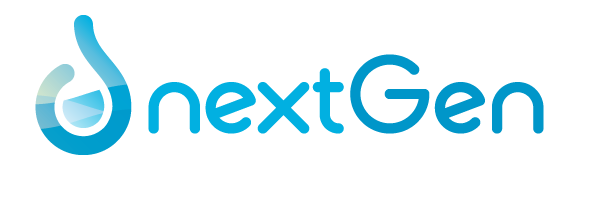
Description
The NextGen initiative will evaluate and champion innovative and transformational circular economy solutions and systems that challenge embedded thinking and practices around resource use in the water sector. We will produce new understandings to underpin the exploitation of techniques and technologies that enhance our ability to recover, refine, reuse, repurpose, capture value from, and extend the use-life of, an ever-increasing range of resources and products, thereby projecting the European water and allied sectors as global circular economy pioneers. NextGen will demonstrate innovative technological, business and governance solutions for water in the circular economy in ten high-profile, large-scale, demonstration cases across Europe, and we will develop the necessary approaches, tools and partnerships, to transfer and upscale. The circular economy transition to be driven by NextGen encompasses a wide range of water-embedded resources: water itself (reuse at multiple scales supported by nature-based storage, optimal management strategies, advanced treatment technologies, engineered ecosystems and compact/mobile/scalable systems); energy (combined water-energy management, treatment plants as energy factories, water-enabled heat transfer, storage and recovery for allied industries and commercial sectors) and materials (nutrient mining and reuse, manufacturing new products from waste streams, regenerating and repurposing membranes to reduce water reuse costs, and producing activated carbon from sludge to minimise costs of micro-pollutant removal). The project mobilises a strong partnership of water companies, industry, specialised SMEs, applied research institutes, technology platforms, city and regional authorities and builds on an impressive portfolio of past research and innovation projects, leveraging multiple European and global networks guaranteeing real impact.
URL
https://cordis.europa.eu/project/id/776541
Case Studies
Applied Technologies

Ammonium sulphate production (air stripping & scrubbing)
Nitrogen is one of the main nutrients contained in wastewater. In wastewater treatment, nitrogen is usually removed bio…

Ammonium sulphate production (membrane stripping/ HFMC)
Ammonia is a key component for fertiliser production, while ammonia and related compounds in wastewater streams have ad…
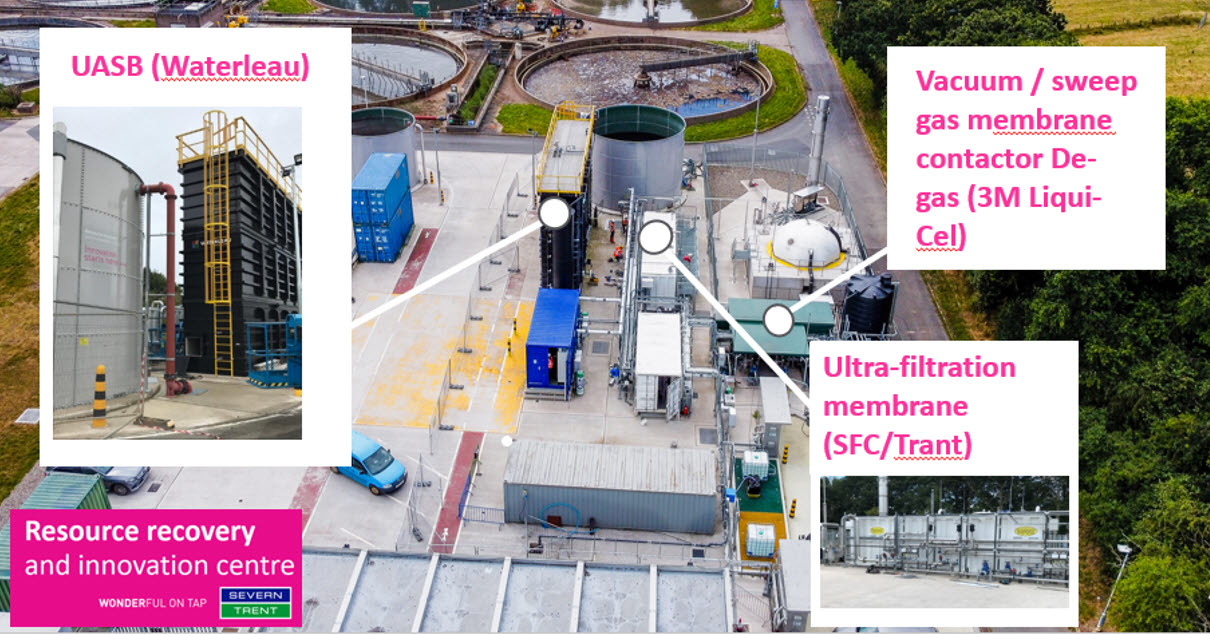
Anaerobic Membrane Bioreactor (AnMBR) with degassing unit
The anaerobic membrane bioreactor (AnMBR) is usually applied as pre-treatment for wastewater with high organic loads. H…
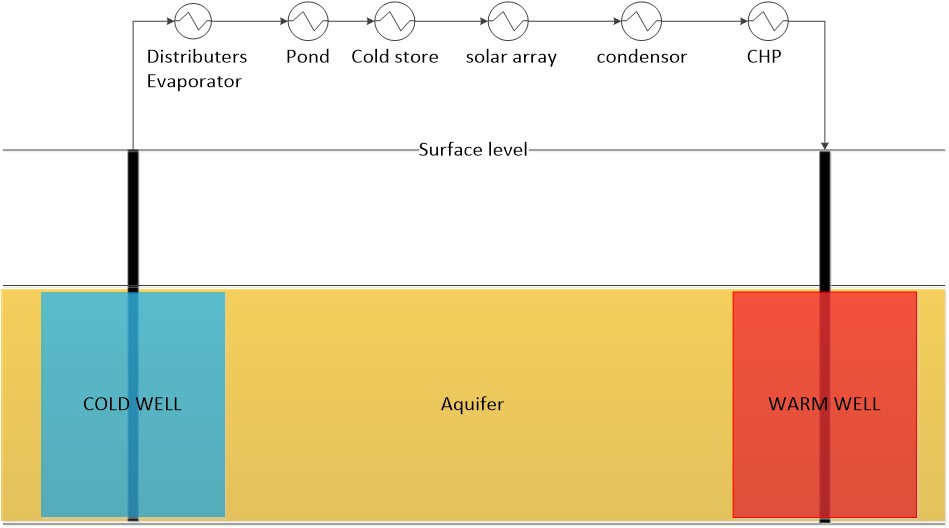
Aquifer Thermal Energy Storage
In an aquifer thermal energy storage (ATES), excess heat is stored in subsurface aquifers in order to recover the heat …

Biogas production via anaerobic digestion
At wastewater treatment plants (WWTPs) with a capacity of 50 000 population equivalents and greater, anaerobic digestio…

Enhanced biogas production due to thermal hydrolysis process
The thermal hydrolysis process (THP) is used as a pre-treatment for anaerobic digestion usually at wastewater treatment…
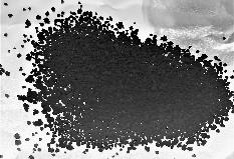
Granulated activated carbon (GAC) production via pyrolysis
Activated carbon is the collective name for carbonaceous adsorbents. Activated carbon is a non-hazardous, processed car…
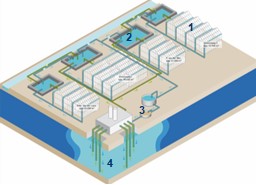
Large scale Aquifer Storage & Recovery (ASR) Systems
Large scale Aquifer Storage & Recovery (ASR) systems are human-made or human-enhanced natural systems that harvest (e.g…
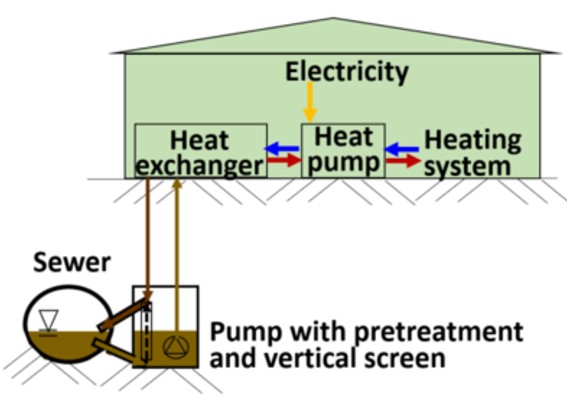
Low grade heat recovery from wastewater
Domestic wastewater usually contains heat, mainly from processes operated at warm temperatures, such as showering, clot…
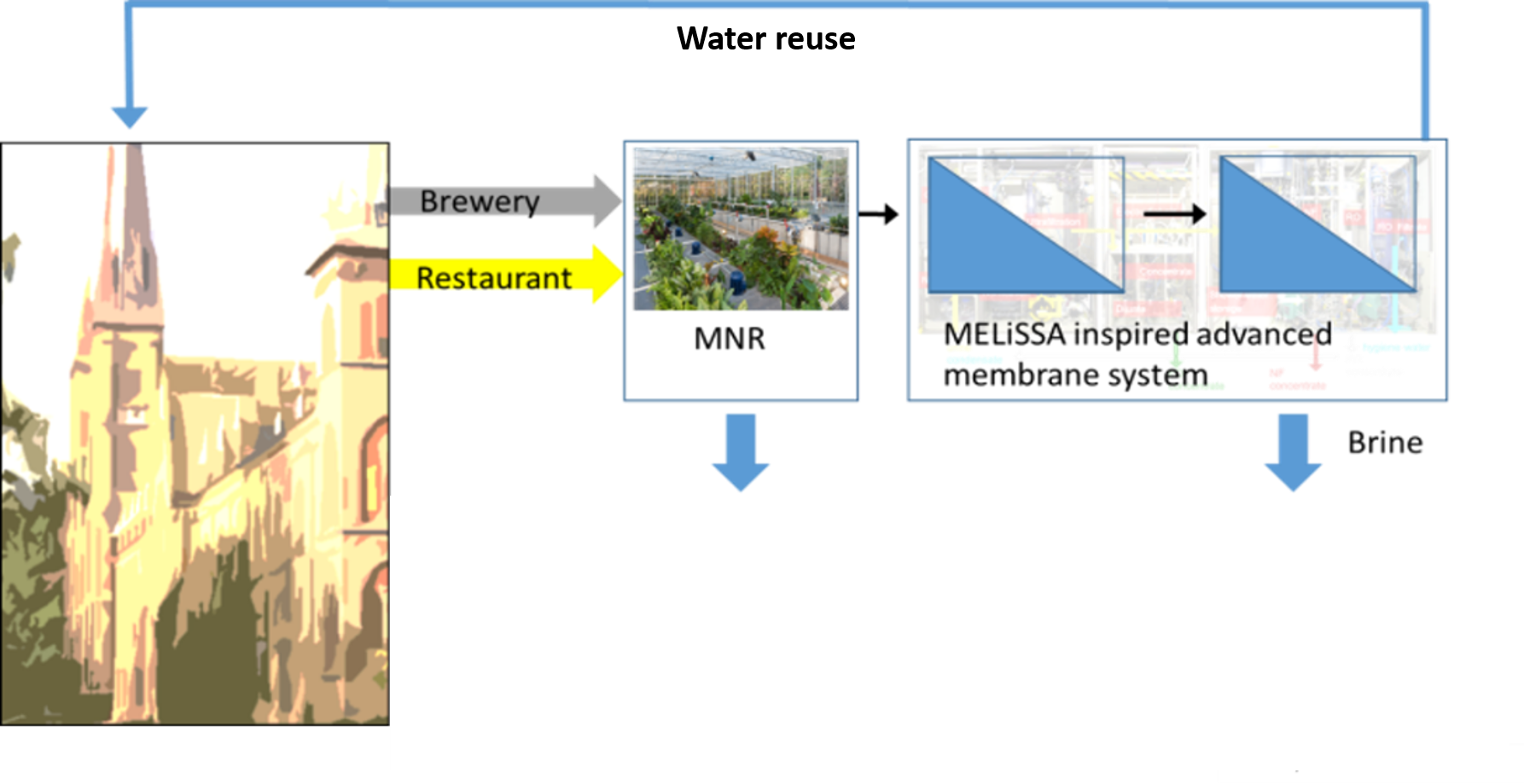
MELiSSA advanced separation systems
Micro-ecological life support system alternative (MELiSSA) is a bioregenerative life support system established by the …
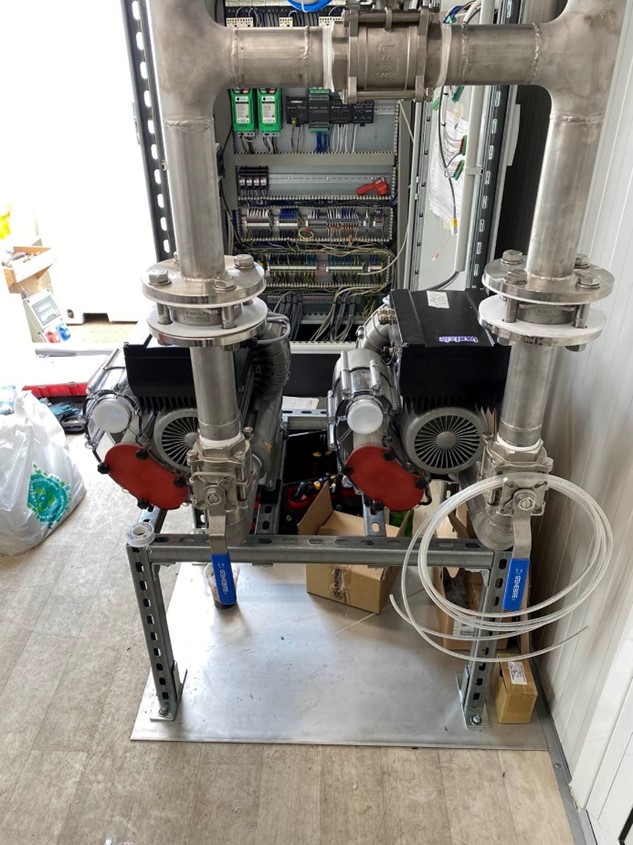
Membrane Bioreactor (MBR)
Membrane bioreactor (MBR) is the combination of a membrane process like microfiltration or ultrafiltration with a biolo…
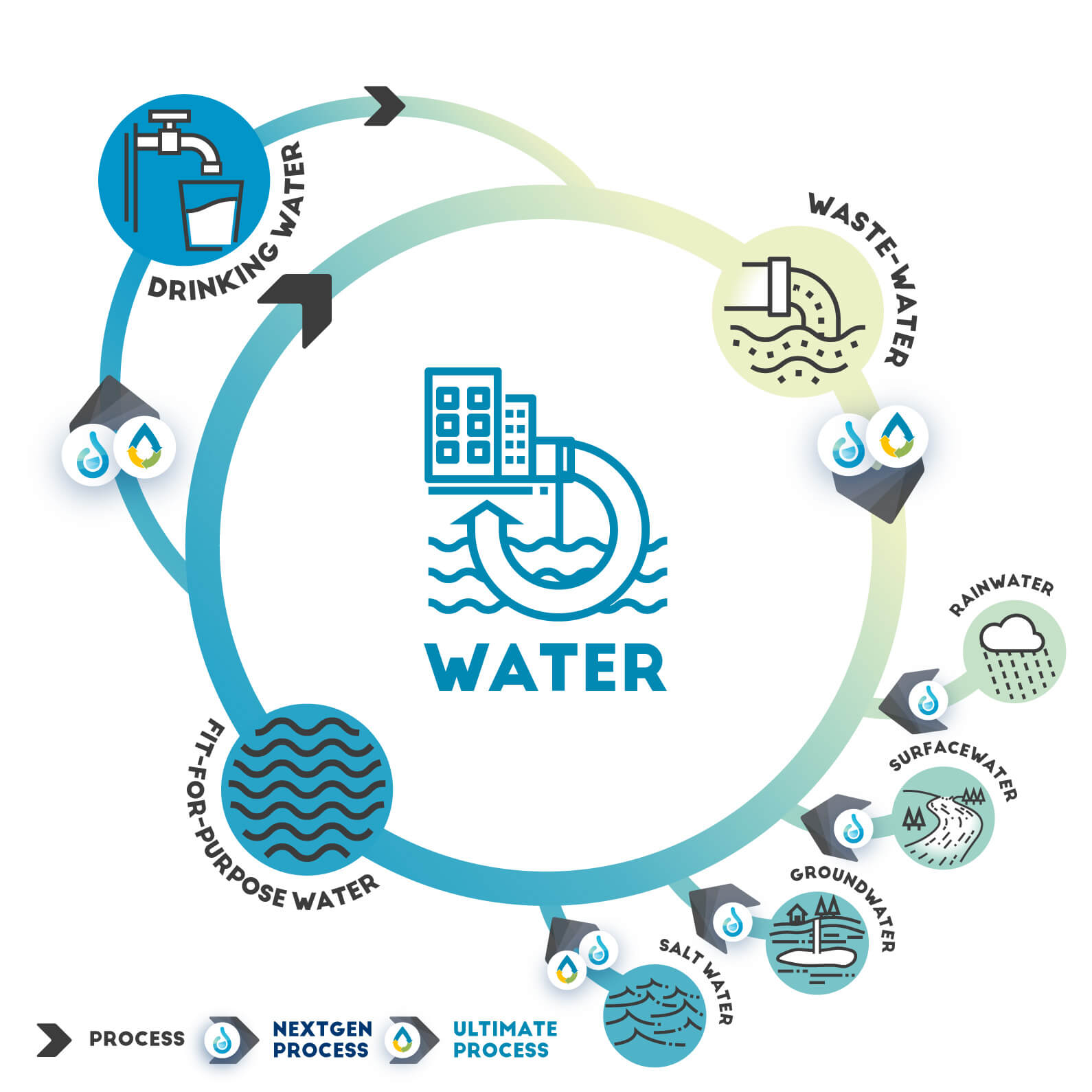
Membrane systems
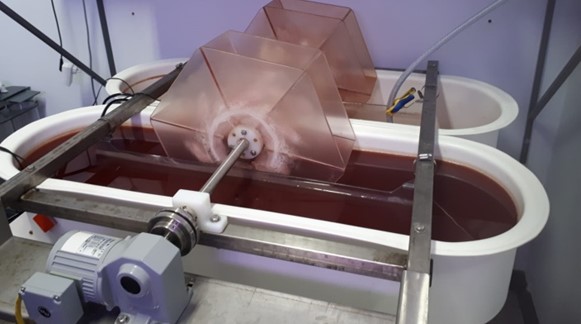
Microalgae and purple phototrophic bacteria production in a photobioreactor
Photobioreactors (PBR) act as solar receivers and supply sunlight (visible) and carbon dioxide (CO2) to microalgae (MA)…

Nutrient recovery
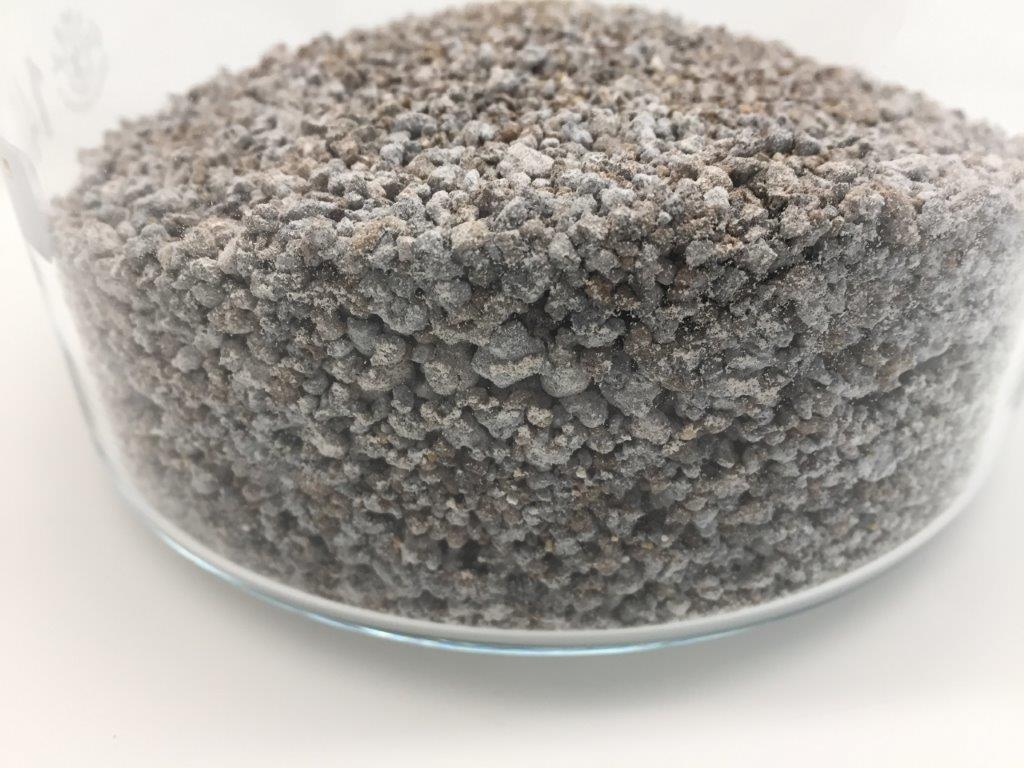
PK-fertiliser production via thermal treatment
The Pyrophos® process jointly developed by FHNW, CTU AG, AVA Altenrhein, FiBL and Landor is a multi-stage thermochemica…

Rainwater harvesting systems
Rainwater harvesting systems are based on the principles of circular economy for the rational use of rainwater resource…
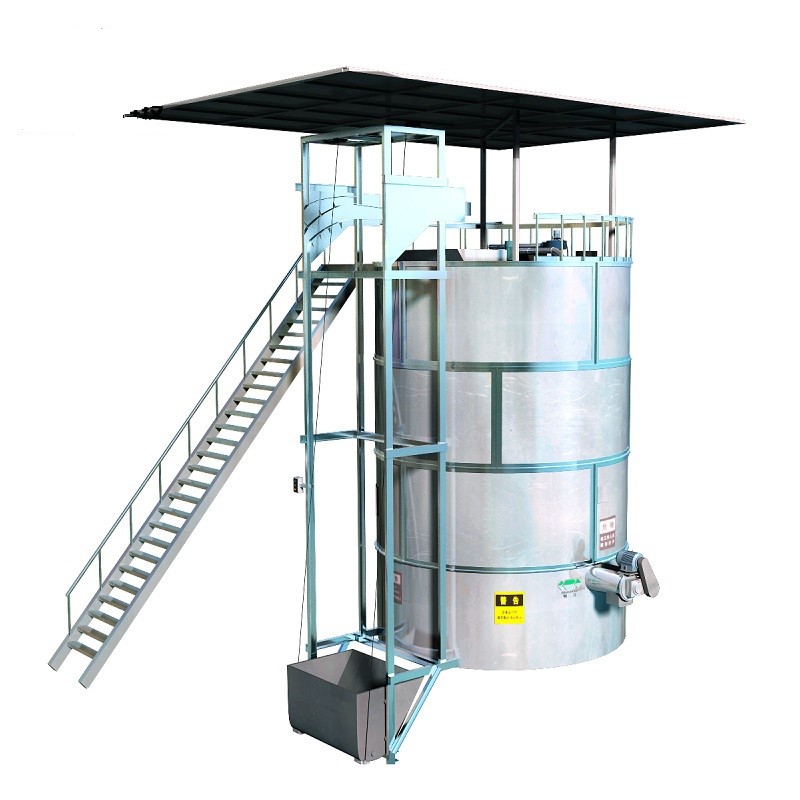
Rapid composting bioreactor
Rapid composting can be applied for the treatment of excess sludge together with pruning waste. This technology can be …
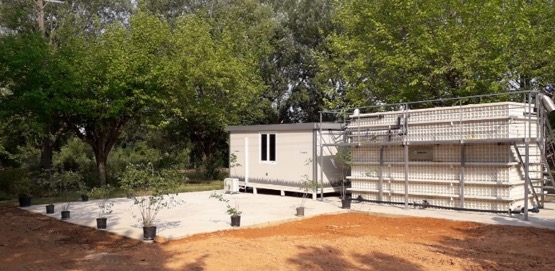
Sewer mining
Sewer Mining is a treatment plant in a container in which: extracts wastewater from local sewers that run under every …
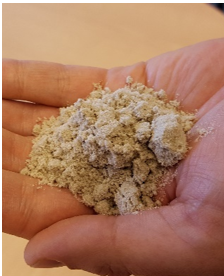
Struvite production
In the wastewater sector struvite is usually used as a name for magnesium ammonium phosphate (MgNH4PO4*6H2O), even thou…
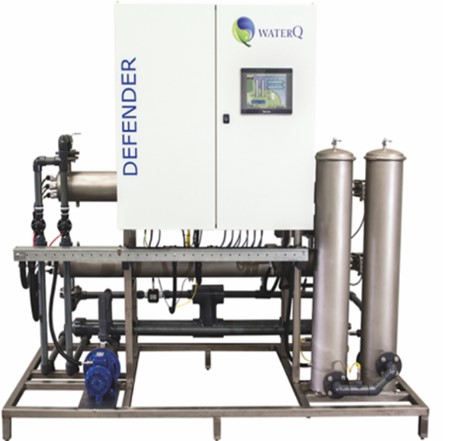
Ultrafiltration or nanofiltration with RO regenerated membranes
Ultrafiltration (UF) and nanofiltration (NF) are membrane filtration processes whose purpose is to remove mainly suspen…
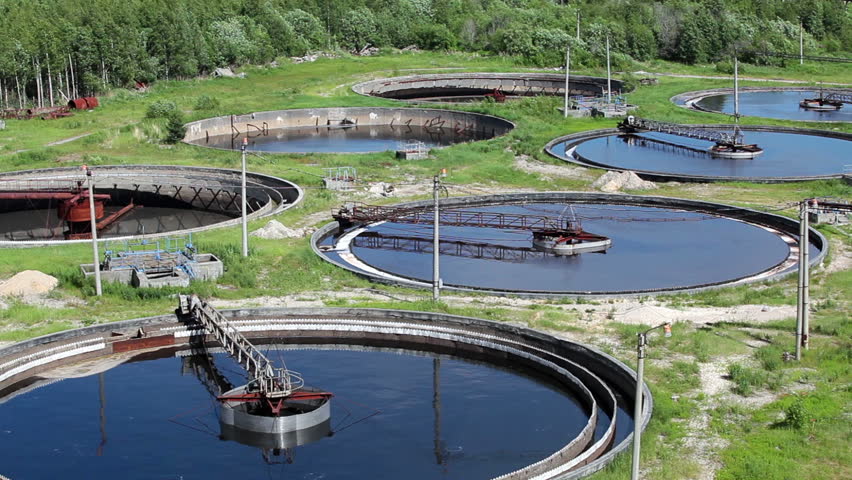
Wastewater treatment technologies for water reuse
Wastewater treatment and water reuse by implementing circular economy principles is an alternative source of water supp…
Applied Products
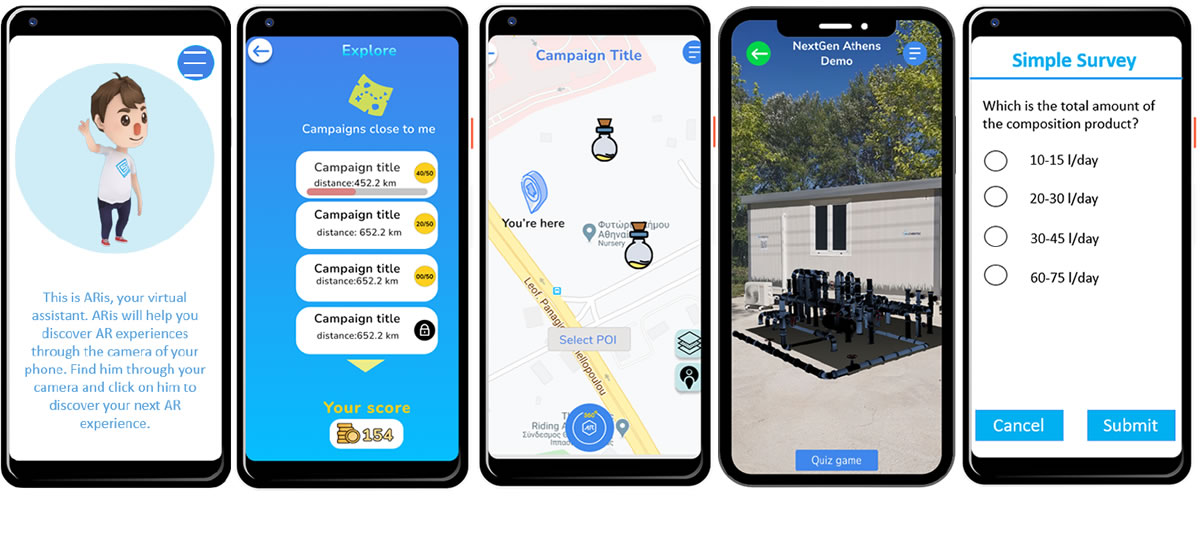
MobileAR solution for citizen engagement towards CE approach
An AR app for Android, featuring GPS tracking, image/video overlays, and 3D models, includes gamification and learning elements for user engagement.

Urban Water Optioneering Tool
UWOT is a tool enabling comparison of water management technologies at different scales.
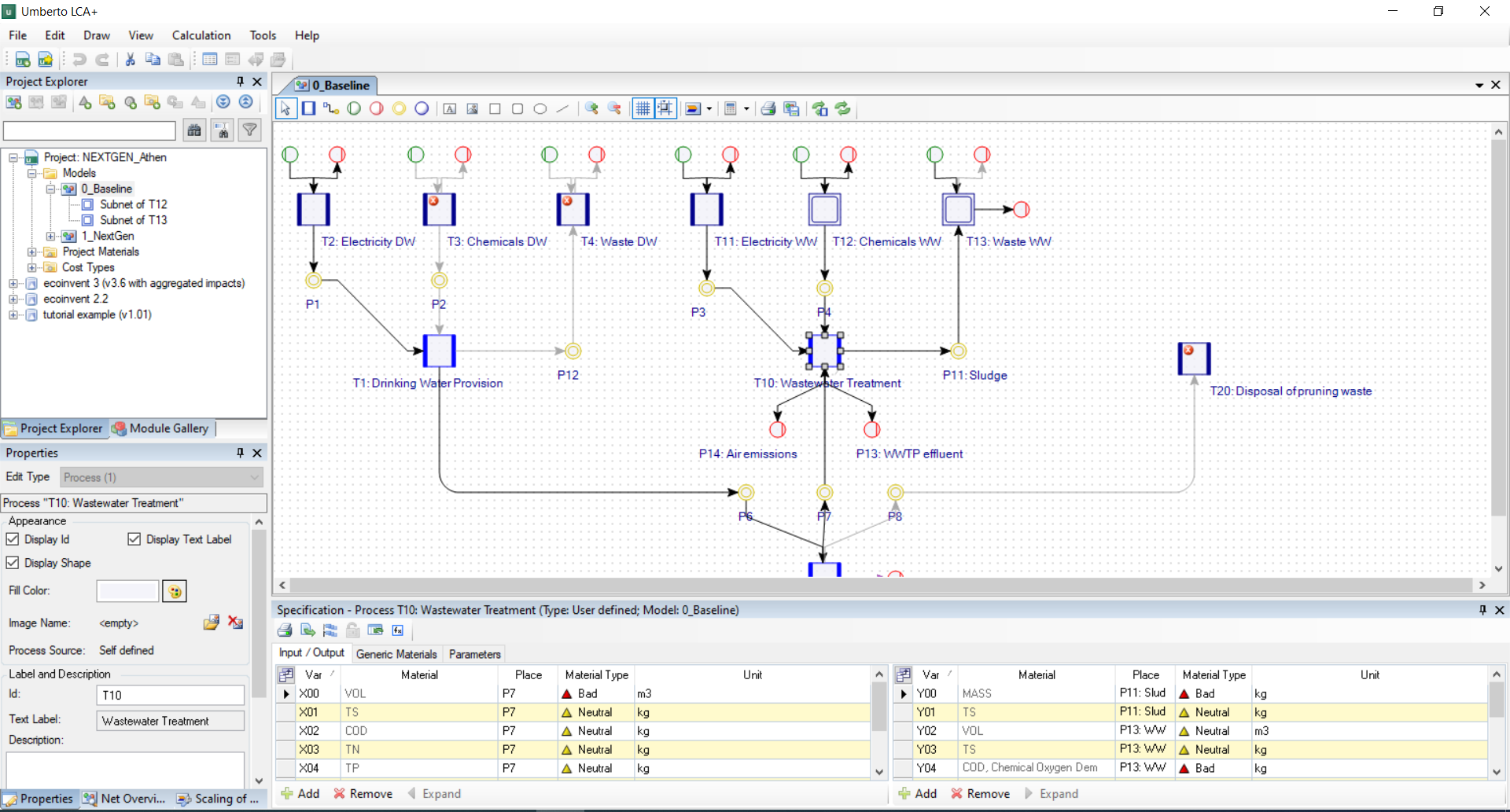
NEXTGEN + ULTIMATE Life Cycle Assessment
A tool for assessing a product or service's environmental impact throughout its life cycle, useful for identifying emission hot-spots and potential t…
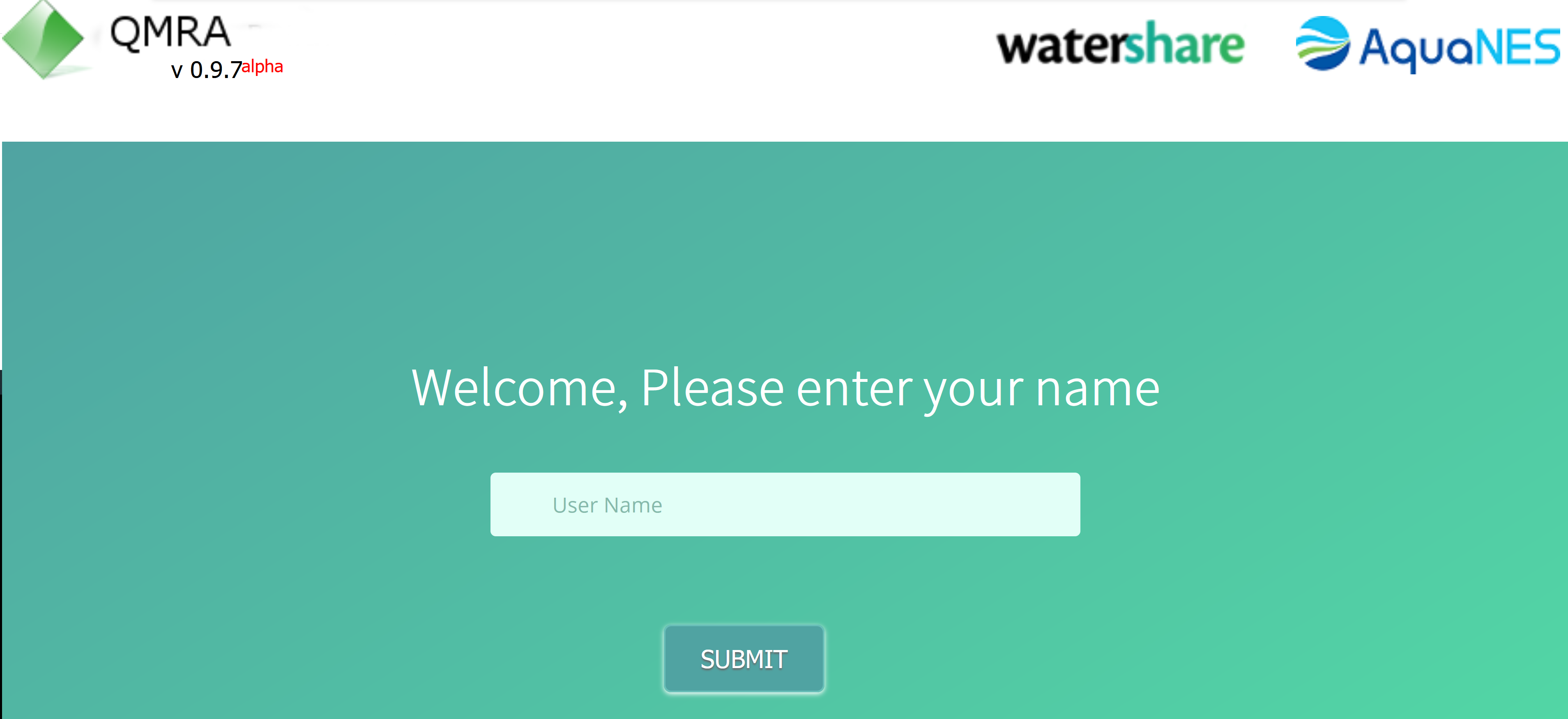
AquaNES QMRA tool for water reuse scenarios
Assesses water quality and risk, crucial for treatment evaluation, when continuous monitoring isn't possible. Determines safety criteria compliance.
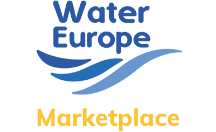


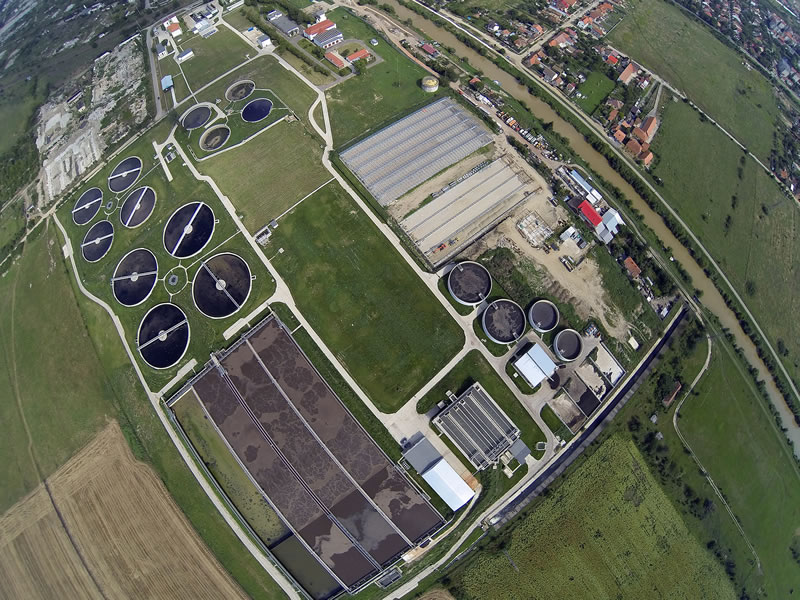
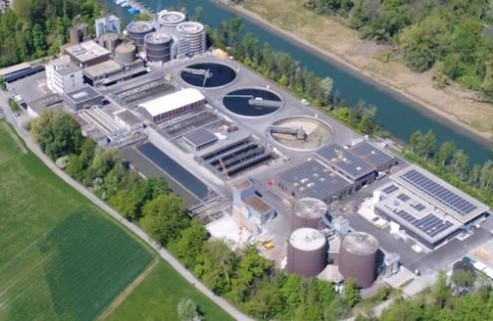

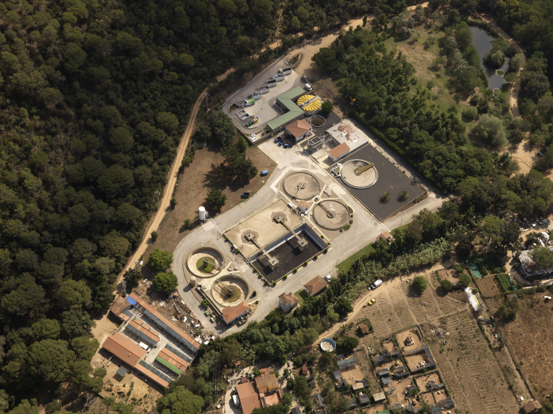
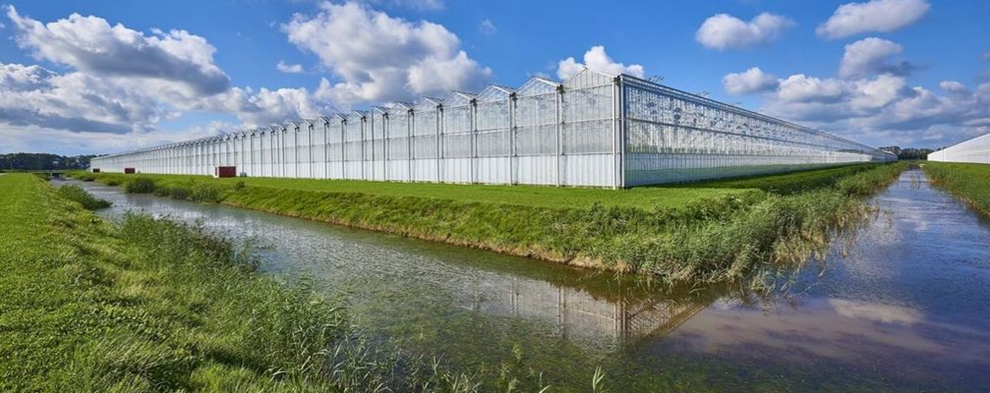
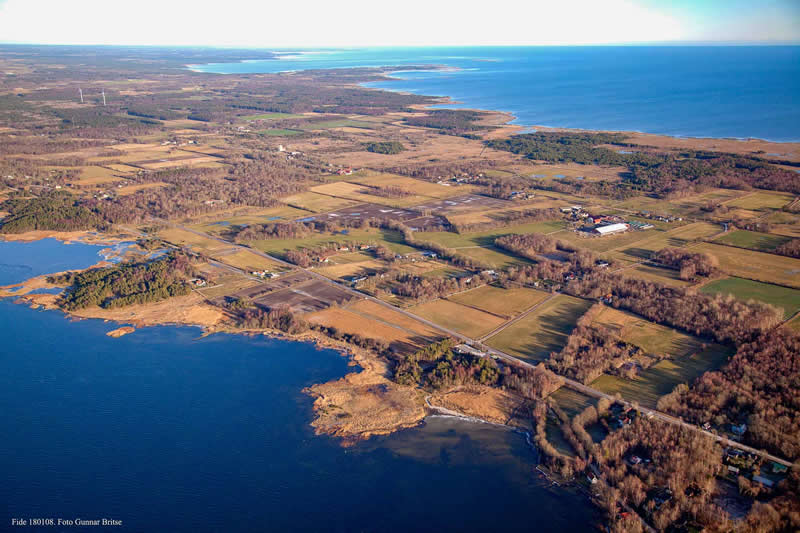
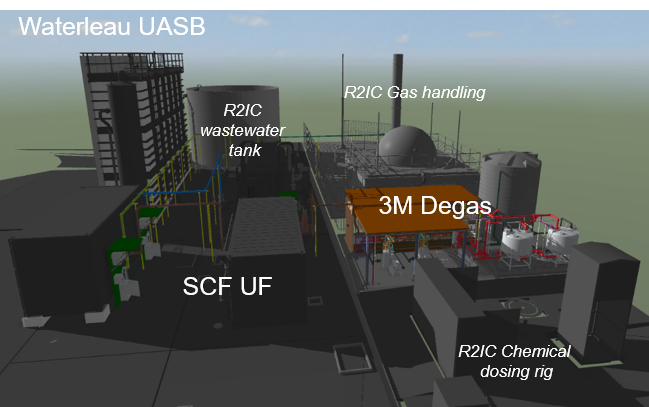

 Biopolus
Biopolus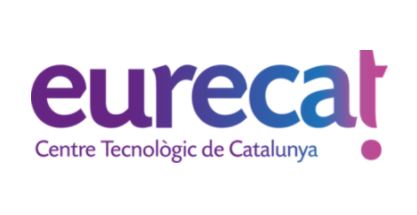 Fundació Eurecat (EURECAT)
Fundació Eurecat (EURECAT) National Technical University of Athens (NTUA)
National Technical University of Athens (NTUA) SEMiLLA IPStar
SEMiLLA IPStar Severn Trent
Severn Trent Waterschap De Dommel
Waterschap De Dommel